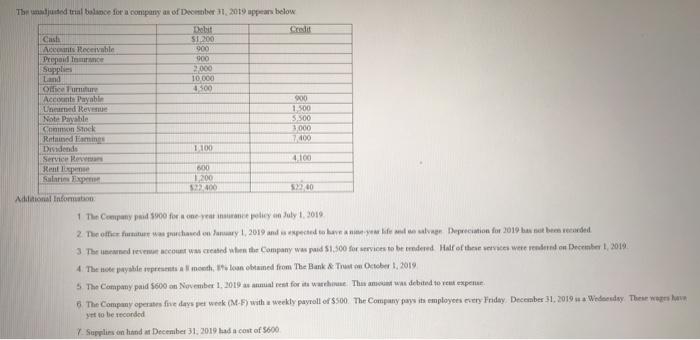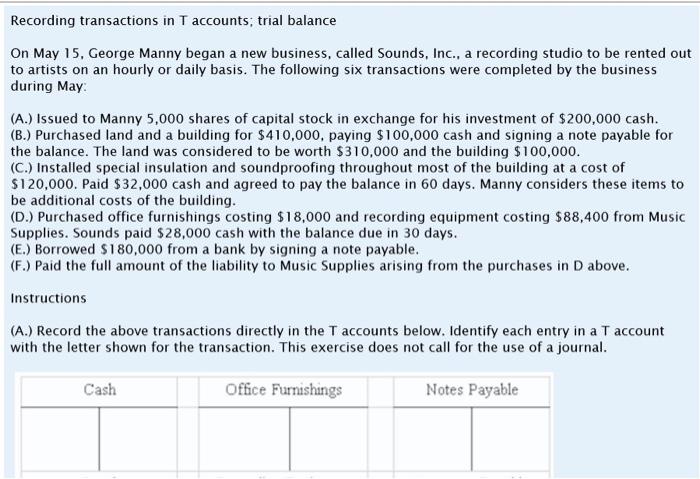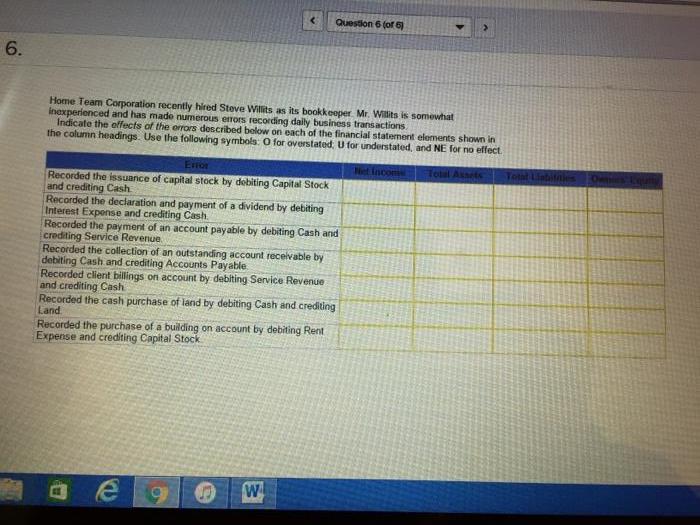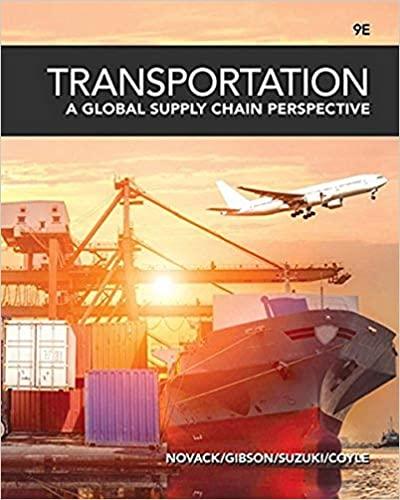Question
It was May 2017 when Neeraj Kumar, the owner of Kumar Food Corporation (KFC), held a brainstorming session with his marketing and sales team to
It was May 2017 when Neeraj Kumar, the owner of Kumar Food Corporation (KFC), held a brainstorming session with his marketing and sales team to find ways of increasing the value of his company to Rubee 200 million by the end of 2018. The company specialized in processed spices, papads, and pickles, which it sold under the brand name Shagun. Some suggestions that came to the fore included improving company visibility, adding new distribution channels, launching new products, widening the product lines, and developing the market. The company was planning to increase its investment based on loans from financial institutions and subsidies offered by the Government of India (GoI) for such ventures.
The GoI had launched a series of initiatives, such as Start-Up India and others, to provide subsidies, interest- free loans, and training to help promote entrepreneurship. While these initiatives would help KFC gain access to funds, they would also increase the competition, with new players joining the market. Keeping all these factors in mind, Kumar was unsure of how to go about his expansion plans. Should he introduce a new product category or expand the company's geographical presence to strengthen its brand?
Neeraj Kumar, a young entrepreneur from Ranchi, Jharkhand, moved to Maharashtra to complete his master of business administration degree at the University of Pune and then joined a multinational company dealing in fast-moving consumer goods. During a five-year career, he worked as a sales officer and brand manager, responsible for sales throughout the state of Maharashtra. Motivated by the constant demand for spices across the state, he decided to set up his own company to capitalize on this market.
He realized there was a great demand for pickles and papads: the taste for pickles varied from region to region, and there was constant demand for papads. In 2010, he founded Kumar Food Corporation (KFC) in partnership with Jain Food Products (Jain). Jain was responsible for manufacturing the products, while KFC was responsible for the marketing and sales in the city of Pune in Maharashtra. This partnership was very fruitful in Rajasthan, which was well-known as one of the most popular tourist destinations in India. The majority of people in India preferred snacking on pickles while they travelled. Even students going to schools and colleges preferred to have pickles with their lunches and snacks. One of the largest customer segments for KFC was passengers travelling by train; according to Indian railways, approximately 23 million passengers travelled daily via railway. Pickles were also part of combo packs designed by sweet shops selling other snacks like samosas and kachori. Sweet shops needed to avoid pickles being mixed with other food, so they required small sachets of pickles that could be added separately in their combo packs.
KFC added other food products, such as papads and spices, to its product portfolio. India had a few national brands, but the market was predominately driven by local brands. Though the company's first launch was pickles, papads took precedence in the market by 2017, and the demand for papads increased from 10 to 15 per cent during the winter season. The company also entered into a strategic partnership with Shri Rajlaxmi Agro Industries, which manufactured and sold high-quality food products such as soya sauce, green chili sauce, and tomato sauce. This partnership would enable category expansion and distribution of KFC products in other parts of the country, as Shri Rajlaxmi Agro Industries had a strong foothold in a few other Indian states. Established as a tiny firm with an investment of a few million rupees, KFC had come a long way and was now planning to invest ₹100 million to expand its business.
QUALITY CONTROL
Quality and taste were prerequisites at KFC, and the company was determined to maintain both at all costs. While the company had technical parameters to measure quality, it also mandated taste checking: every lot of papads was tasted by Kumar and his team. The company had tie-ins with some restaurants that used KFC spices in their preparation, and after every new production lot, Kumar and his team visited these restaurants to sample the foods prepared using KFC spices. Suppliers for raw materials were also managed for quality. For example, pulses such as lentils formed the prime raw material for papads; however, an increase in the price of lentils did not lead to a decrease in product quality. Kumar also placed great emphasis on hygiene and ensured that all the company's products were manufactured in a clean environment, meeting high standards at all times.
UNDERSTANDING BETWEEN PARTNERS
Though KFC was a first-generation partnership firm, it still managed its finances manually. The profit- sharing ratio between the partners was usually determined and recorded in the partnership deed, and profits were shared accordingly. In the absence of such an agreement, there was no indication or provision for how profits would be shared between partners. In all such cases, profits were usually shared equally. Profits were also shared by partners according to the ratio of their capital contribution, and the same ratio that was determined for profit sharing also applied to losses.
It was not compulsory for all partners to contribute capital—one partner could enter into a partnership with a minor capital contribution but with excellent technical or managerial capabilities and stand to share equal profits if it was so determined in the partnership deed. Kumar possessed strong professional and managerial capabilities, and he was determined to steer the Shagun brand from a new market entrant to an established brand in the spices and pickles category. His partners were only responsible for contributing capital and took no part in the management and control of the business.
ROLE OF THE GOVERNMENT
In the present business scenario, the food processing industry was a key territory for the GoI. The industry's significance was further upgraded because more than 70 per cent of the population relied on agricultural activity for its livelihood. In addition to some time-limited assistance measures, the government had defined and executed a series of policy measures that gave financial help to those setting up and modernizing food-processing plants, created infrastructure, and provided support for research and human resources development.
Under a new Income Tax Act, the GoI allowed considerable relief to new food processing businesses that were packaging and preserving fruits and vegetables; this included a deduction of 100 per cent of profit for the first five years and 25 per cent of the profits in the subsequent five years. With the exception of the small-scale sector and alcoholic beverages, most prepared-food items were exempted from the authorizing domain under the Industry (Development and Regulation) Act, 1951. In 1999, the food processing industry was one of the priority sectors for issuing bank loans. Compensation of 100 per cent was allowed for loss and capital. Full duty exemption was allowed on all units in the export-processing zone (EPZ) and 100 per cent duty exemption was allowed in the EPZ for imports.
On India's Independence Day, August 15, 2015, Prime Minister Narendra Modi introduced the Start-Up India initiative with the aim of providing financial help to enable budding entrepreneurs like Kumar start up their own ventures to create wealth and new employment opportunities.
COMPETITION FACED BY KFC
Competition was high, given that the Indian food market was flooded with established brands producing papads and pickles. The government's Start-Up India initiative further added to the competition, with many new ventures entering into the market. These included the following:
- Everest Spices
Everest had been a trendsetter in the market for more than 45 years and was the most preferred spice brand in India. The company had a domestic presence in almost 1,000 towns and, with almost 400,000 outlets, it reached around 20 million households. Everest also had a strong overseas presence in the United States, the United Kingdom, the Middle East, Singapore, Australia, New Zealand, East Africa, and many other countries and regions.
- Mahashian Di Hatti Private Limited (MDH)
With a legacy spanning 88 years, MDH was known for its uniform taste and quality. The company used fully automated processes and machines to manufacture its products. These machines had a daily capacity of 30 tons of powders, pressed into packs of various sizes from 10 grams (g) to 500 g. The company sold its products through 1,000 stockists and 400,000 outlets. MDH also distributed its products in the United States, Canada, the United Kingdom, Europe, Southeast Asia, Japan, the United Arab Emirates (UAE), and Saudi Arabia. MDH also had production facilities in London, England, and Sharjah, UAE.
- Pravin Masalewale
Established in 1962 as a small home-based enterprise, Pravin now catered to around 120 million customers worldwide. The company also sold spices under the brand name Suhana, using 1,250 distributors with over 200,000 retailers servicing India and 21 other countries.
- Catch Spices
The Dharampal Satyapal Group entered the spice industry in 1987 under the brand name Catch. The group had a turnover of ₹65,000 million per year and dealt in the food and beverage (F&B), hospitality, mouth fresheners, tobacco, packaging, agro-forestry, rubber thread, and infrastructure sectors. With 24 manufacturing facilities, the company expanded its F&B sector by entering into dairy and confectionery processing. Catch was perceived as the highest premium F&B brand in the country. By 2001, it had expanded its product range and produced kitchen spices: Sprinklers, Pure Spices, Whole Spices, Blended Spices, and more.
Others
There were several local players that posed competition for KFC. Their products were placed in local stores and benefited in terms of the lower prices they offered.
RECENT PLANS
Kumar wanted to make Shagun a national brand and increase its value to ₹200 million. A vision of this magnitude would require a well thought out strategy to overcome the growing competition from emerging start-ups and the existing competition. What should be the way forward for KFC? Should it increase its geographical presence or add new product categories? Should Kumar re-strategize KFC's distribution model to achieve his ambitious aims?
Pinpoint accurately Kumar's strengths and weaknesses compared to its domestic and international competitors in light of geographical expansion and inclusion of new goods.




The unadjusted trial balance for a company as of December 31, 2019 appears below Debit $1,200 900 Cash Accounts Receivable Prepaid Insurance Supplies Land Office Furniture Accounts Payable Unearned Revenue Note Payable Common Stock Retained Earnings Dividends Service Reve Rent Expense Salaries Expense Additional Information 900 2,000 10.000 4,500 1.100 600 1,200 $22.400 900 1,500 5.500 3,000 7,400 4.100 $22,40 1 The Company paid $900 for a one-year insurance policy on July 1, 2019 2. The office furniture was purchased on January 1, 2019 and is expected to have a nine-year life and so salvage Depreciation for 2019 bas not been recorded 3. The unearned revenue account was created when the Company was paid $1,500 for services to be rendered. Half of these services were rendered on December 1, 2019 4 The note payable represents a month, 8% loan obtained from The Bank & Trust on October 1, 2019 5 The Company paid $600 on November 1, 2019 as annual rest for its warehouse. This amount was debited to rent expense 6 The Company operates five days per week (M-F) with a weekly payroll of $500. The Company pays its employees every Friday, December 31, 2019 is a Wednesday. These wages have yet to be recorded 7. Supplies on hand at December 31, 2019 had a cost of $600
Step by Step Solution
3.33 Rating (147 Votes )
There are 3 Steps involved in it
Step: 1
Here is the stepbystep analysis of the question with full details a Record the above transactions di...
Get Instant Access to Expert-Tailored Solutions
See step-by-step solutions with expert insights and AI powered tools for academic success
Step: 2

Step: 3

Ace Your Homework with AI
Get the answers you need in no time with our AI-driven, step-by-step assistance
Get Started


